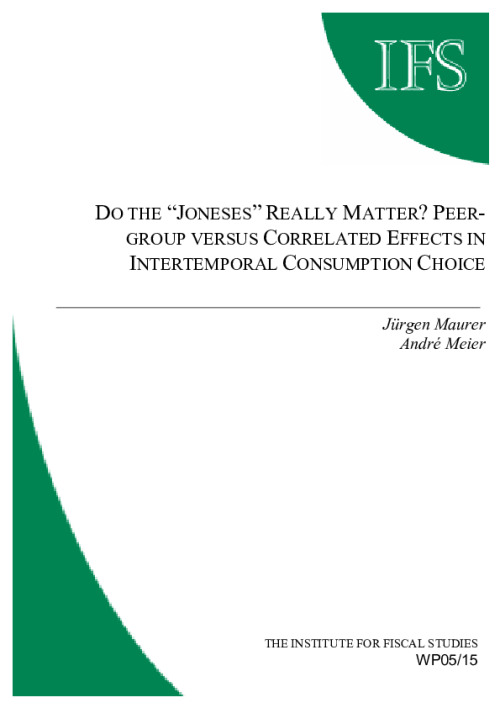Recent theoretical contributions have suggested consumption externalities, or peergroup effects, as a potential explanation for some of the puzzles in macroeconomics and finance. However, the empirical relevance of peer effects for intertemporal consumption choice is a completely open question. To shed some light on the issue, we derive an extension of the standard life-cycle model that allows for consumption externalities. The analysis is complicated by the challenge of disentangling actual peer effects from merely correlated effects operating through common features or shocks within peer groups. We show how to conduct reliable inference under these circumstances based on within-group equilibrium conditions that give rise to a social multiplier. This approach can be understood as an adaptation of Manski's "reflection problem framework" to the case of dynamic models with endogenous regressors. We estimate our model using US panel data from the PSID. While there is strong predictable consumption co-movement within peer groups, the evidence for true consumption externalities vanishes once correlated effects are adequately accounted for.









